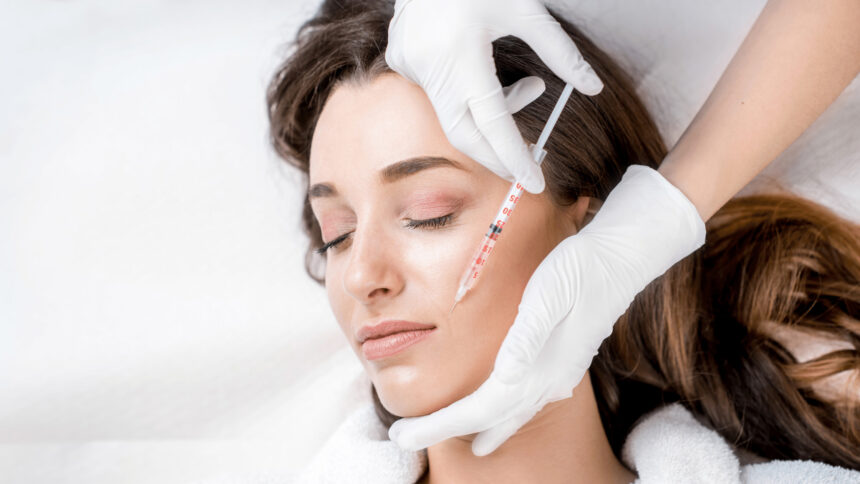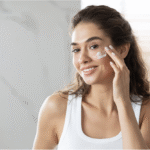Botulinum toxin injections, or Botox, are a frequently requested cosmetic procedure in dermatology and plastic surgery offices worldwide. As a widely recognized treatment, its application has grown over the years for addressing certain types of facial lines. Gaining information about this treatment can help individuals better understand it as they explore their options for facial aesthetic care.
What Is Botox?
Botox is the brand name for a prescription product derived from a purified form of botulinum toxin. This substance is a neurotoxin produced by the bacterium Clostridium botulinum. In a clinical context, it is administered in very small, controlled doses by qualified medical professionals. Its primary cosmetic use is for the temporary smoothing of facial lines that result from repeated muscle movements. The lines that appear between the eyebrows from frowning or on the forehead from raising the eyebrows are common areas of application.
It is helpful to distinguish this treatment from dermal fillers, as they are sometimes confused. While both are injectable treatments used in facial aesthetics, they serve different purposes. This specific treatment works by affecting muscle activity. Dermal fillers are substances designed to add volume, fill in static wrinkles that are present without muscle movement, and augment facial contours. They do not directly impact the nerves or muscles.
How Does It Work?
The mechanism behind this treatment involves its effect on the communication between nerves and muscles. It functions by blocking the transmission of signals from the nerves to the muscles that tell them to contract. By interrupting this signal, the treatment temporarily reduces the activity of the injected muscles.
When these specific muscles are less active, the overlying skin appears smoother, and the formation of dynamic wrinkles is reduced. The effects of the treatment are not immediate. It typically takes several days for the initial changes to become apparent, with the full effect usually visible within one to two weeks. The duration of the results can vary among individuals and based on the area treated. The effects generally last for a few months, after which muscle activity gradually returns to its previous state.
What Should You Expect?
A professional appointment for this treatment typically begins with a consultation. During this discussion, a qualified provider may assess your facial anatomy and discuss your aesthetic goals. The provider can identify the appropriate muscles for injection based on the specific lines you wish to address. Common areas of use include the horizontal lines on the forehead, the vertical lines between the eyebrows, and the fine lines around the outer corners of the eyes.
The procedure itself is generally quick. The provider will cleanse the skin and may mark the specific injection points. Using a very fine needle, small amounts of the product are injected directly into the targeted muscles. The number of injections will depend on the area being treated and the desired outcome. Following the procedure, patients may experience minor, temporary redness, swelling, or tenderness at the injection sites, which usually resolves quickly. Patients are usually able to resume most of their daily activities immediately.
Speak Further With a Dermatologist
To receive personalized information and determine if this or any other cosmetic procedure is suitable for your specific situation and aesthetic goals, a consultation with a qualified medical professional, such as a dermatologist, is necessary. A professional can conduct a thorough evaluation, discuss your individual health profile, and provide guidance tailored to your unique needs. They can answer specific questions and help you make an informed decision regarding your care.





